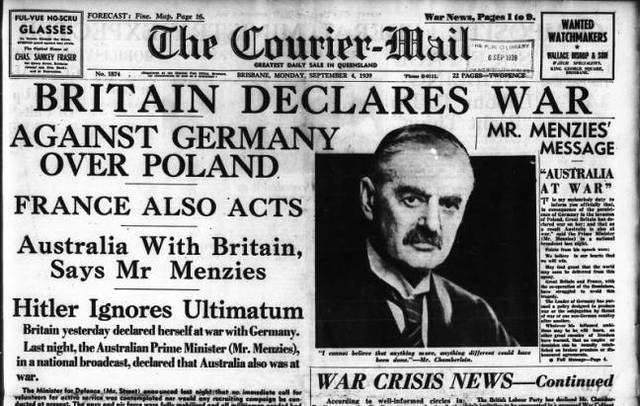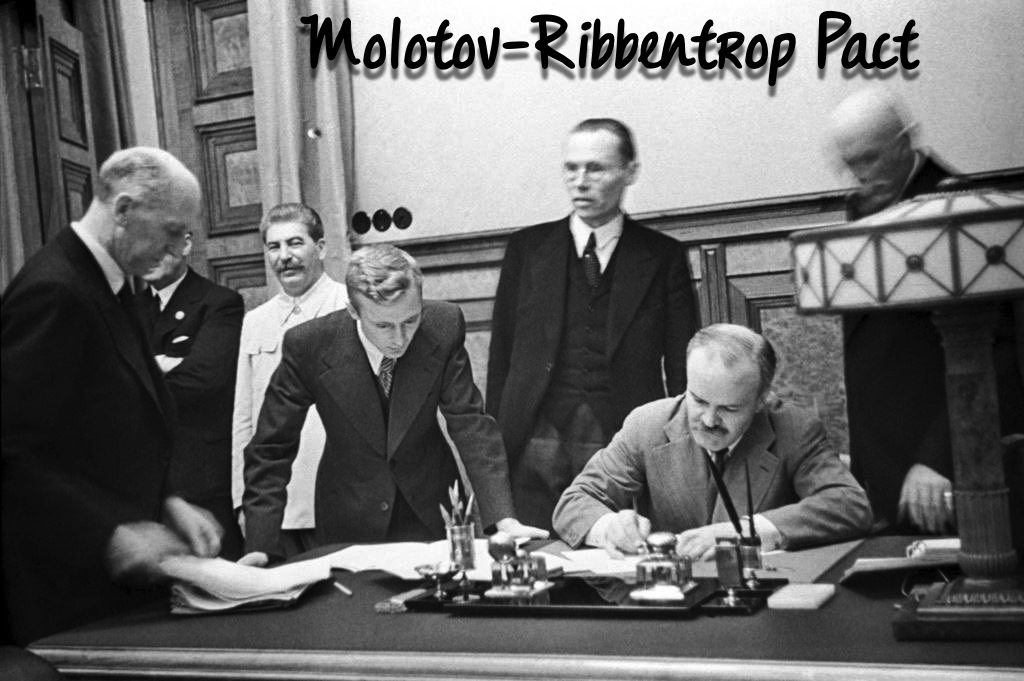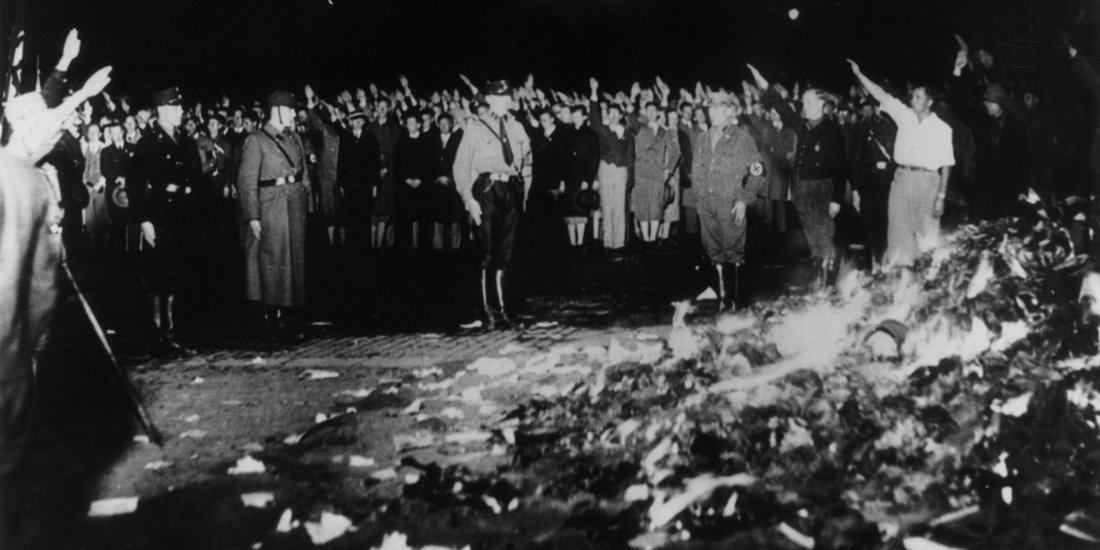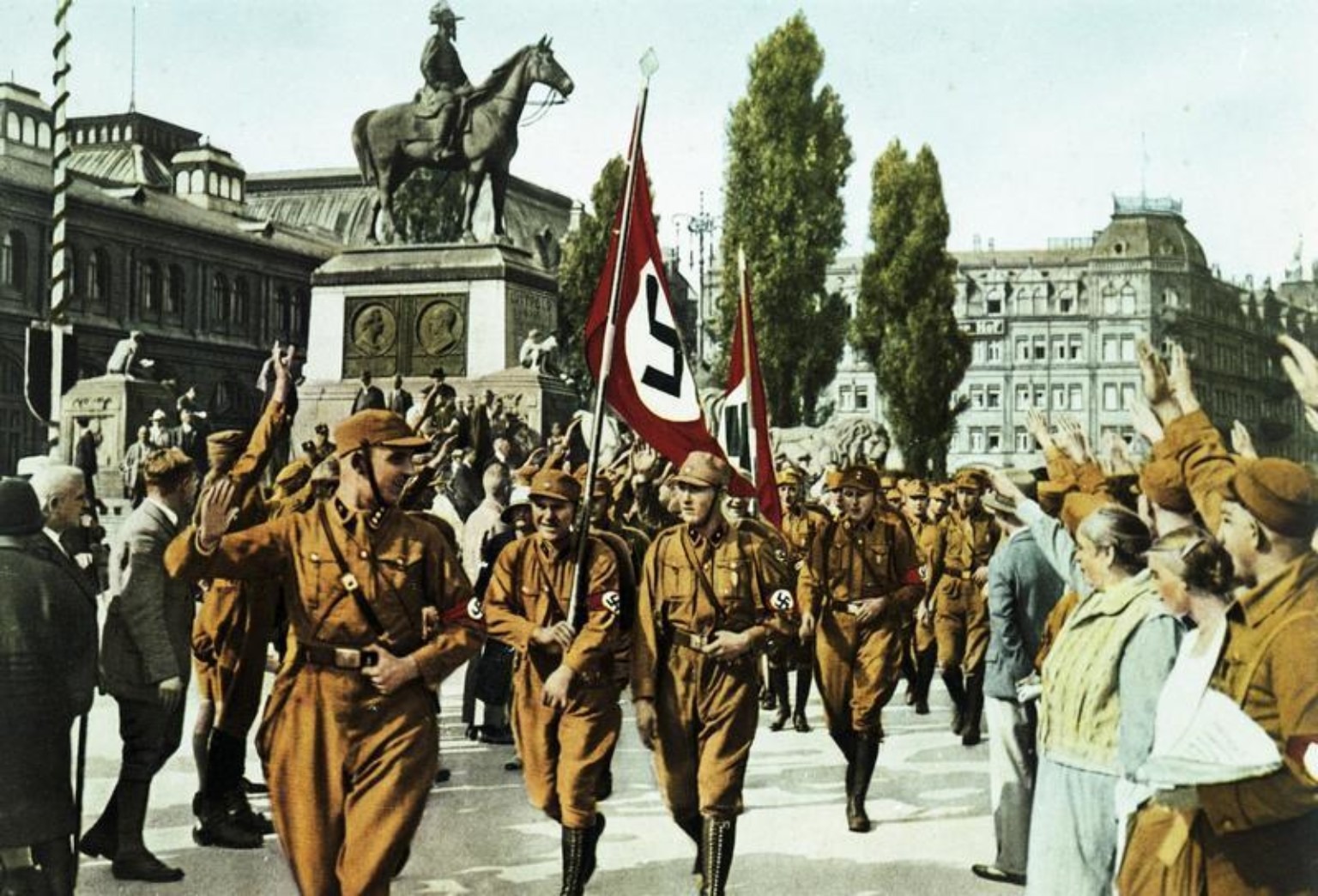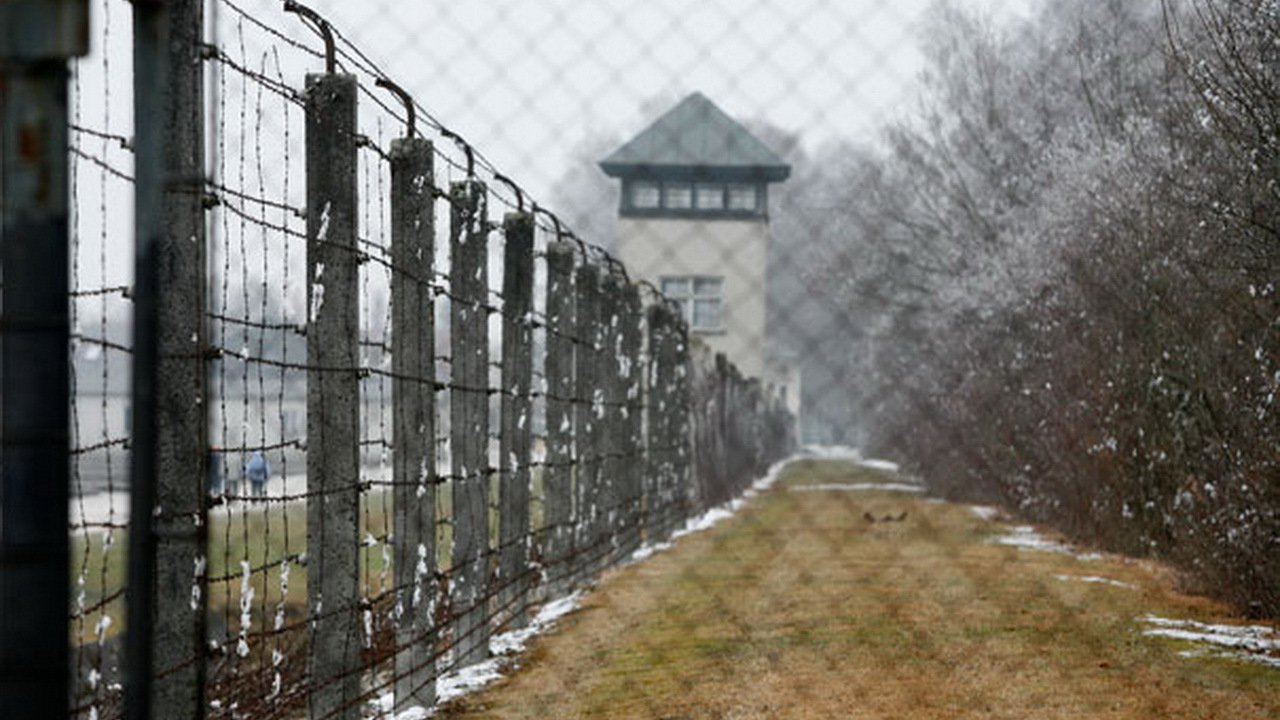Today in History: September 3, 1939 – WWII Begins
Today in History: September 3, 1939 – WWII Begins Although Germany had invaded Poland two days earlier, on the 1st, Britain had been hoping… Read More »Today in History: September 3, 1939 – WWII Begins
